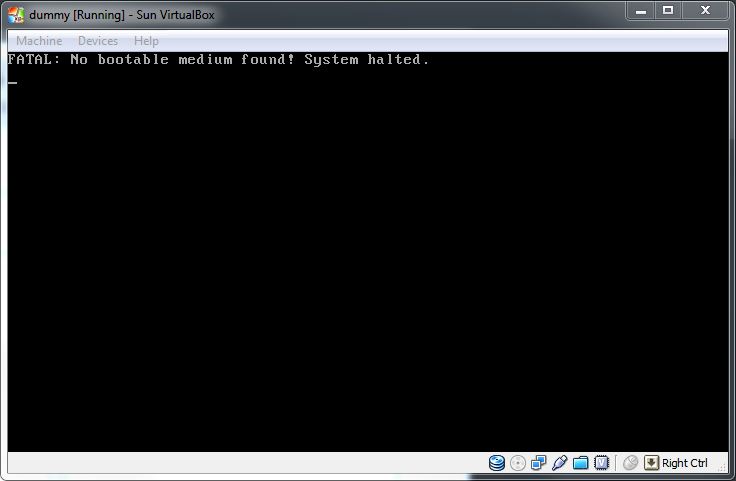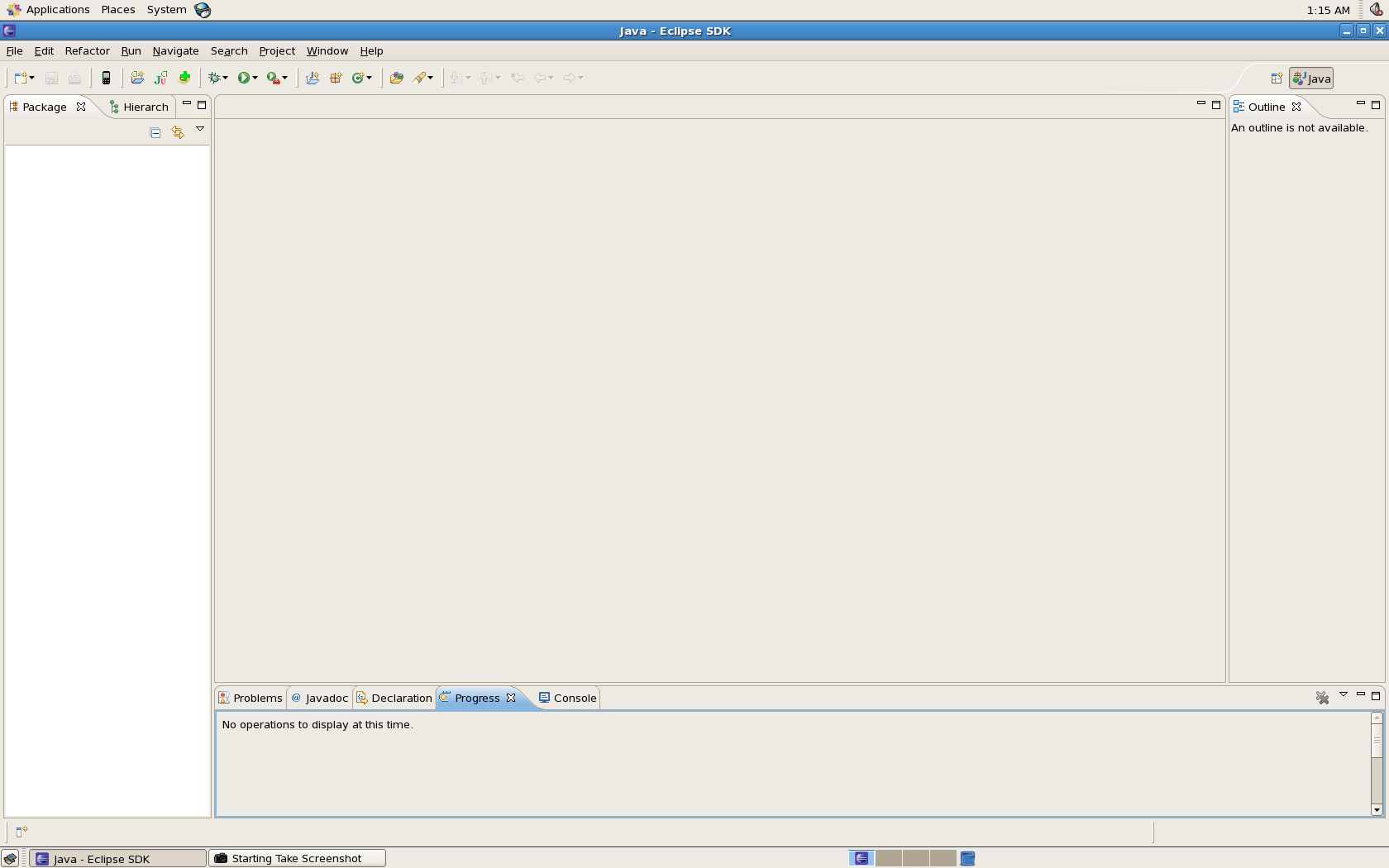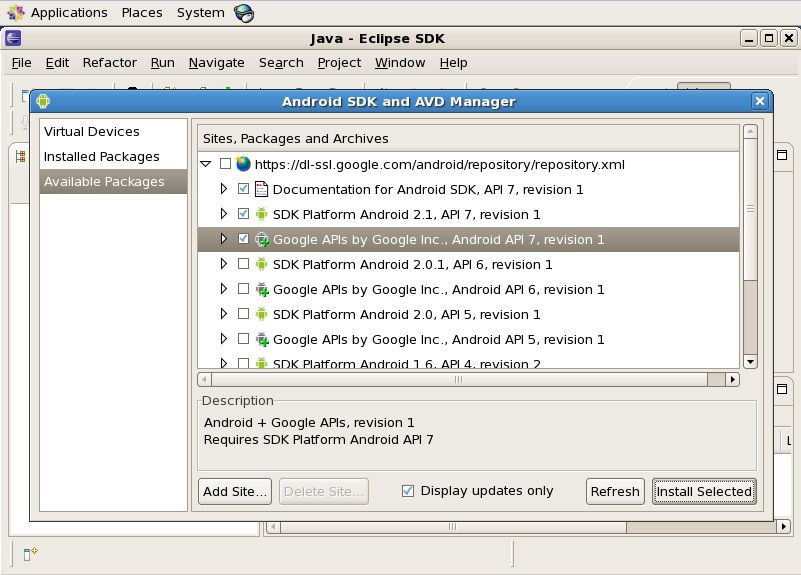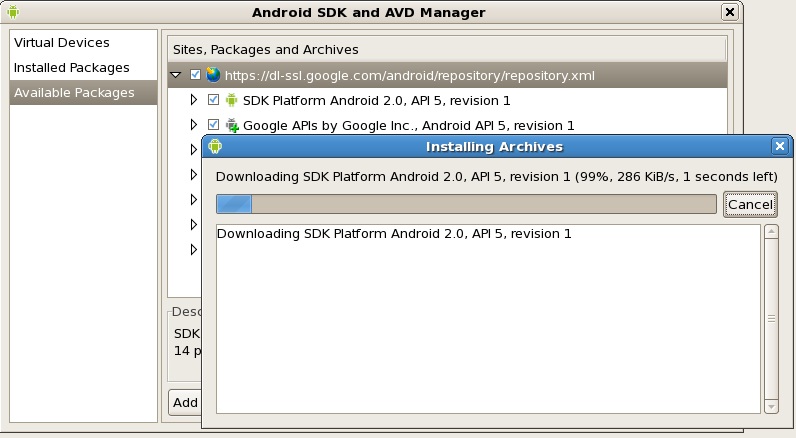Schedule
- February 12th, 2010
- Write comment
The first schedule is posted!
- A “hello world” program proving my IDE, emulator, and device are cooperating and in good order
- A proof-of-concept with GPS and Google Maps functionality, but a dummy data set. It may not be able to tell you about the history of Cofrin Hall, but it will respond to simulated GPS tracks in the debugger. It is here I will develop my first test cases.
- A third prototype will be made with real data (images, locations, and factoids). I anticipate architectural changes in response to new insights from the second prototype. I do not intend to supply a schedule for the third prototype until Fred Brooks has told me how much of prototype two I’m throwing away.
On a related note, open source project management software leaves much to be desired, especially to someone who had to Google “Gantt Chart.” I anticipate prettier output from a trial of Microsoft Project.






